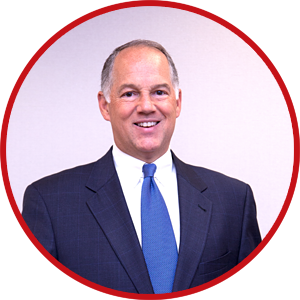 Every company has a system for managing the business.
Every company has a system for managing the business.
But most are not particularly systematized.
When your company is small, managing it is relatively easy.
As you grow, complexity increases exponentially. To effectively manage the business, companies must create a management system.
In the classic Harvard Business Review article, “Mastering the Management System,” professors Robert S. Kaplan and David P. Norton describe the need for a management system:
“In our experience, however, breakdowns in a company’s management system, not managers’ lack of ability or effort, are what cause a company’s underperformance. By management system, we’re referring to the integrated set of processes and tools that a company uses to develop its strategy, translate it into operational actions, and monitor and improve the effectiveness of both.”
There are dozens of different management systems. Some of the most popular ones include:
- The balanced scorecard, developed by Harvard Business School professors Robert S. Kaplan and David P. Norton
- Objectives and key results (OKRs), developed by Andy Grove at Intel
- “The Rockefeller Habits,” developed by Verne Harnish
- “The Entrepreneurial Operating System,” developed by Geno Wickman and Don Tinney
- “Holocracy,” developed by Holocracy One
- “The Top Gear System,” developed by SHIFTPOINTS
- And many others
Each of these systems can be effective, but we advise clients to pick One of them. When a company adopts One System as your Alignment Management System, it provides a common language, which speeds communication and reduces friction.
Does your company have One Alignment Management System?
NOTE: This is an excerpt from my latest book, Drive One Direction.



 If your company is massively misaligned, you may need a One-Company Campaign.
If your company is massively misaligned, you may need a One-Company Campaign..jpg?width=5000&name=shutterstock_145471609%20(1).jpg) As you surely know by now, we believe that alignment is the ultimate competitive advantage. If you share that conviction, then creating alignment is not a tangential, tertiary, nice-to-have issue for your company. It is mission-critical.
As you surely know by now, we believe that alignment is the ultimate competitive advantage. If you share that conviction, then creating alignment is not a tangential, tertiary, nice-to-have issue for your company. It is mission-critical.